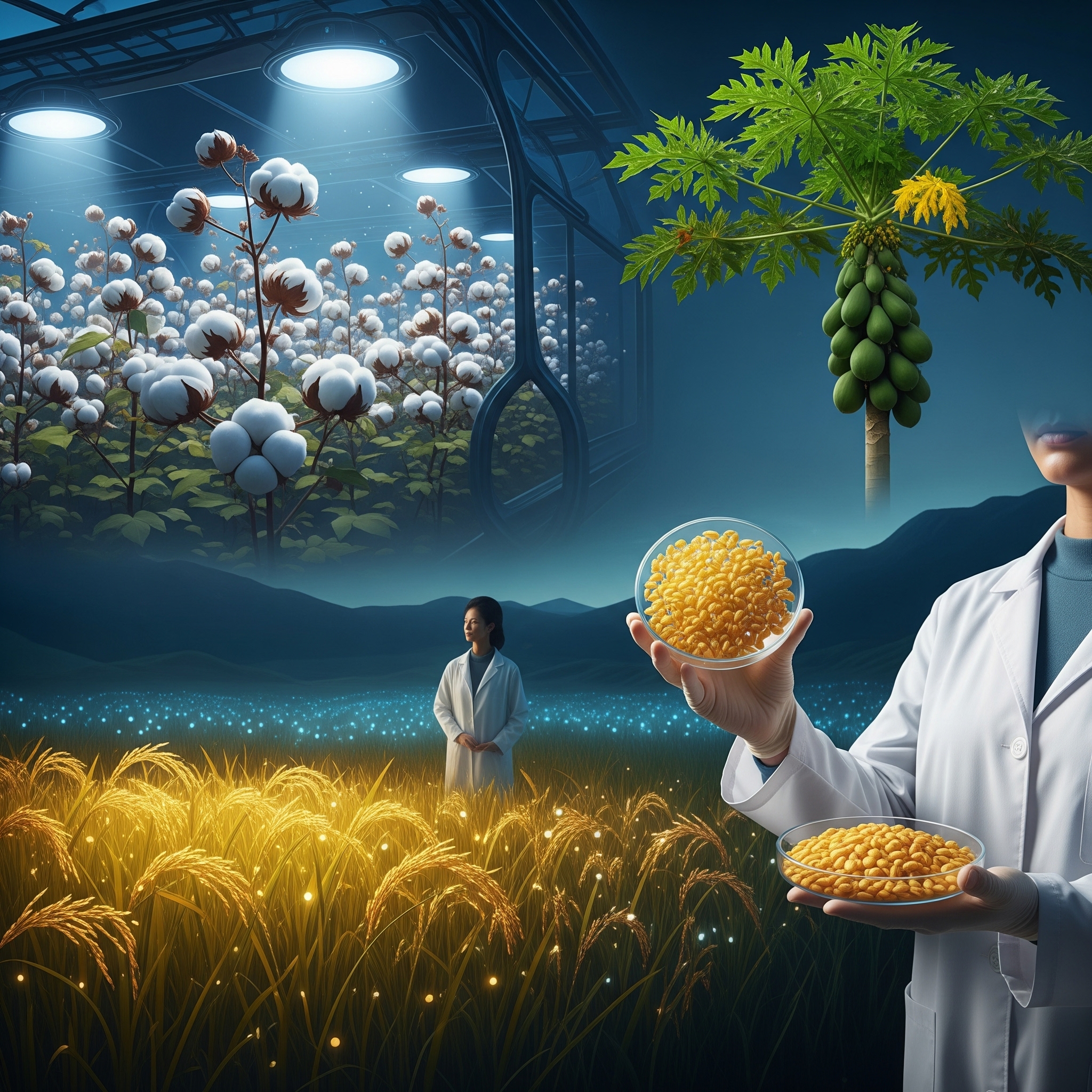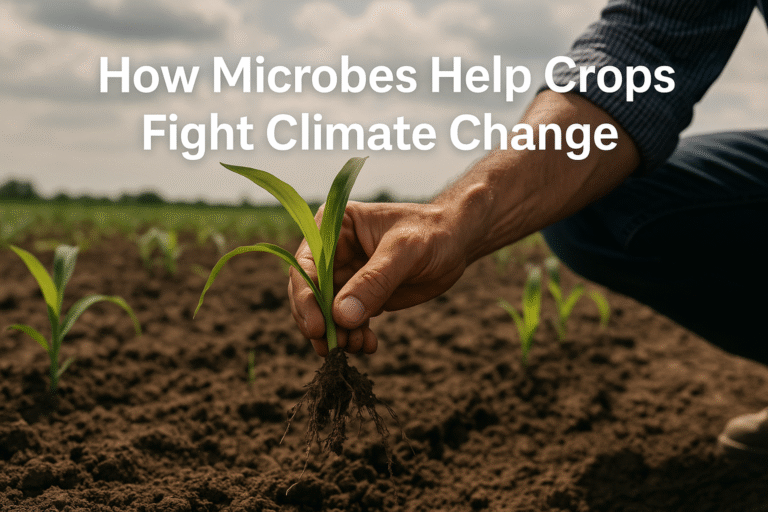
You and GMOs: A tale as old as time
Since the conception of agriculture, human beings have been manipulating plant and animal genomes. Albeit unintentional and imprecise, ancient civilizations practiced selective breeding of plants with highly desirable traits. And it was the taming of wolves that gave rise to the modern domestic dogs. So you, eating your healthy salad bowl and petting your pet Labrador, are actively benefitting from thousands of years of genetic modification practices. The only difference between the plants and animals you know and love today and the genetically modified organisms, that you love to hate, is that the GMOs are made more skillfully, more intentionally and more scientifically. GMOs are plants or animals whose DNA has changed using genetic engineering tools and techniques to give them new abilities – such as pest, resistance, surviving harsh climates, storing more nutrients. The end goal is the same, a better product than the one before. The only difference is that scientists, unlike our ancient ancestors, are not randomly shuffling genes. They are modifying precise traits in a controlled manner to make the process of artificial selection faster and more accurate. In 2024, 28 countries cultivated a range of 10 different GM crops over a global area of 209.8 million hectares. In the modern world, GMOs are an undeniable asset that should be accepted and approached with optimism and curiosity, rather than rejected out of fear and suspicion.

So Let’s Get to Debunking Some Myths….
Myth 1: GMOs are ‘Unnatural’ and Dangerous
Fact: As you now know, if you didn’t before, modern genetic engineering is just a successor of age-old practices of genetic manipulation of plants and animals by humans. In fact, with precise knowledge and techniques about gene modification as well as controlled testing and trials, GM foods created today might even be safer for consumption than their selectively-bred ancestors!
Example: Tomatoes and corn today look nothing like their wild ancestors due to human selection. GM-tomato (Flavr-Savr) just took it a bit further and improved their shelf-life by delaying ripening.
Myth 2: GMOs can cause Allergies and make you sick
Fact: Organizations such as WHO, EFSA, FDA and FAO have guideline to ensure that every GM crop is individually evaluated and passed through risk assessments, including allergenicity tests. Some of the most popular methods to determine allergenicity include amino acid sequence homology, in vitro digestibility test and serum screening and immunoassays. So the GMO products that reach the the market are no more likely to cause allergic reactions than their non-GMO counterparts.
Example: When a gene from Brazil nut had been inserted into a soyabean for nutritional enhancement the GM products posed a risk of allergy to people, so the product was never brought to the market.
Myth 3: GMOs can cause Environmental Harm
Fact: Many GM crops are designed to need less pesticides or herbicides and scientific reviews have shown no unique harm that GMOs can cause and conventional crops cannot. Insect-resistant corn or cotton lead to lesser use of pesticides by farmers. Preventative measures like field separation can make sure GM-crops don’t cross pollinate with wild relatives.
Example: Hawaii’s papaya industry was devastated by the papaya ringspot virus since the 1940s. In the 1980s, a transgenic variant of the plant, with a vaccine against the virus was developed and after commercialization on 1998, production increased drastically with no side-effects to Hawaii’s ecosystem.
In Summary
There are many more myths surrounding GMOs but fortunately, an equal number of success stories exist to battle the allegations that they are not good for the human race. Truth is, with widespread food shortage, and severe malnutrition in many part of the world, new technology that alleviates the stress off of traditional farming, is a good thing. Functional foods like edible vaccines, like spinach against rabies and rice against cholera are the future of accessible medical care. Speaking of rice, improved nutritional value in the form of vitamin A in Golden Rice was a huge step forward in treating child blindness in underdeveloped countries. Bt-transgenic crops have been grown in Bangladesh in 2014 and have defended crops like soyabean, cotton, alfalfa against lepidopterans. With rigorous testing done in a case-by-case basis, the advent of commercial GMOs is safe and improved strategy against the food security concerns plaguing the human civilization. The arguments against GMOs, the insinuation that using them is akin to mankind ‘play God’ is an ethical barrier that demands consideration of the fact that genetic modification is practice that was prevalent throughout history. In the words of the renowned scientist Marie Curie “Nothing in life is to be feared. It is only to be understood.”

REFERENCES:
- Vega Rodríguez, A.; Rodríguez-Oramas, C.; Sanjuán Velázquez, E.; Hardisson de la Torre, A.; Rubio Armendáriz, C.; Carrascosa Iruzubieta, C. Myths and Realities about Genetically Modified Food: A Risk-Benefit Analysis. Appl. Sci. 2022, 12, 2861. https://doi.org/10.3390/ app12062861
- AgbioInvestor-GM
- Tripathi S, Suzuki J, Gonsalves D. Development of genetically engineered resistant papaya for papaya ringspot virus in a timely manner: a comprehensive and successful approach. Methods Mol Biol. 2007;354:197-240. doi: 10.1385/1-59259-966-4:197. PMID: 17172756.
- Su S, Ezhuthachan ID, Ponda P. Genetically modified foods and food allergy. J Food Allergy. 2020 Sep 1;2(1):111-114. doi: 10.2500/jfa.2020.2.200012. PMID: 39022139; PMCID: PMC11250554.




Very informative
very informative!!
Quite an interesting read (or should I say… gene-ious?) Can’t wait for the next one <3
very nice well done